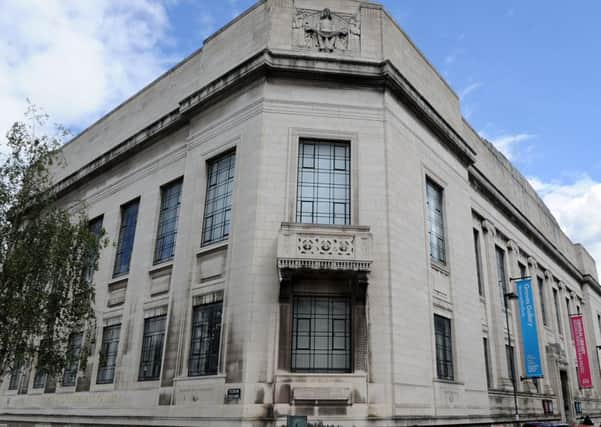Column: Female artists are still drastically under represented


I was even more excited when I learned that the exhibition would showcase the Napoleone Collection. The private Collection, acquired and owned by Valeria Napoleone, represents the work of contemporary female artists.
The mission behind Napoleone’s collection is to give recognition to the practice of women artists, who are unfortunately drastically underrepresented in the art world today. The exhibition at Graves Gallery marks the first time that her collection has been on public display.
Advertisement
Hide AdAdvertisement
Hide AdFrom visiting the exhibition last month, it is clear that the chosen works represent Napoleone’s dedication to increasing the exposure of these artists and the battle that all professional women must fight to be seen.
The underrepresentation of women in art is a historical issue. In earlier times women were not given the same opportunities as their male counterparts, often resulting in them receiving a piecemeal training and lacking experience in the arts. For this reason (and many others) many historical art collections represent few or no works by women artists. This is mirrored in how artists are featured in books, with around 90 per cent of the artists published being male.
Some people believe that this is unavoidable as history cannot be rewritten and that ‘additive feminist’ practice –attempting to add women artists into the art world, past and present, purely based on their gender – is in fact detrimental to the process as it could lead to self-taught female artists being unfairly compared to highly educated male practitioners. It is also possible that there is confusion around the gender of artists throughout history as female artists used to work under male pseudonyms to gain acceptance and recognition, a practice that is regrettably still used today.
There has however been movement in these issues (Going Public being part of the driving force).When the new extension at Tate Modern opened in June, 50 per cent of the solo rooms represented the work of female artists and the number of works by women throughout the gallery totalled 36 per cent (which depressingly, is quite high). Graves Gallery’s exhibition of female contemporary artists – significantly also amassed by a female collector – hopefully marks a wider national wave of interest in the work of underrepresented and minority artists, an attitude that I hope will filter into the collecting policies of white, male-dominated historical collections.